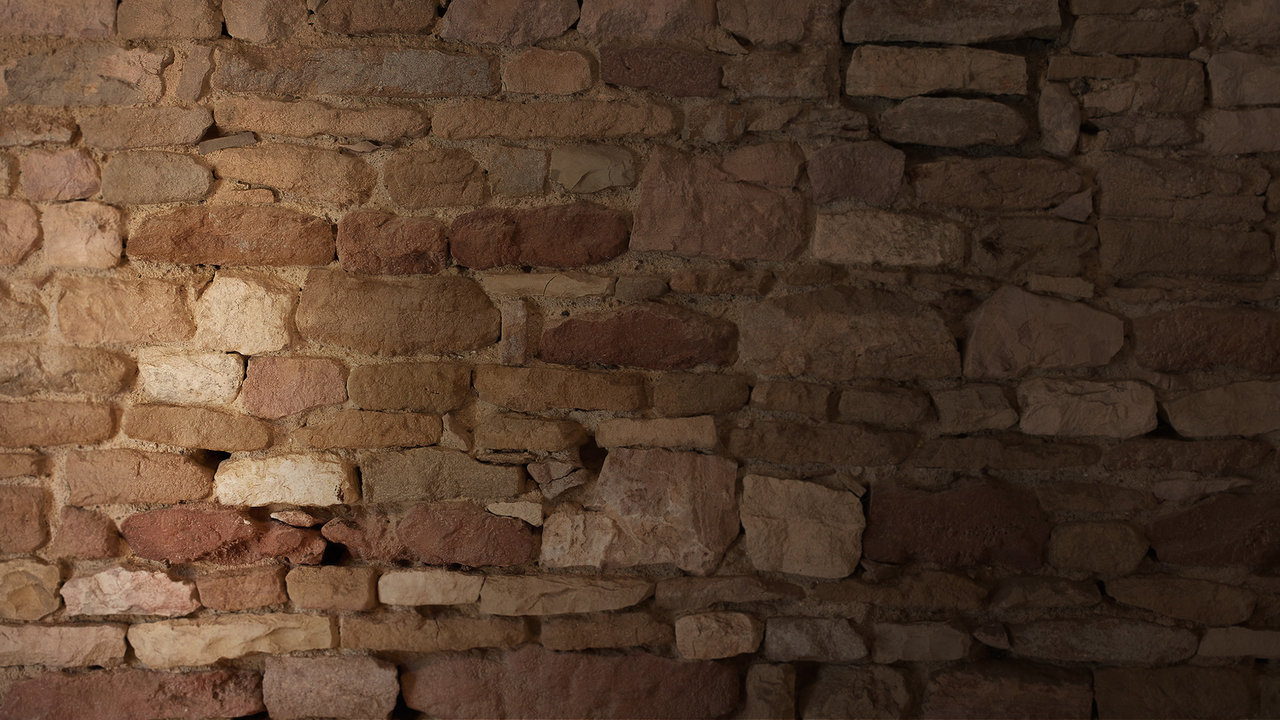Bourgogne Pinot Noir
 Terroir
Terroir
Our vineyard of Bourgogne Pinot Noir is blended with several plots locating in Premeaux-Prissey. Vines have been planted between 1956 and 1965. Grapes are threathed as the others grapes classified in Premier Cru, making a qualitative wine.
Surface : 1,98 hectares. (4,89 acres).
Climat & Soil : The soils are mixed with clay and limestone with clay predominance. Density of plantation of 10 000 vines/hectare.
Surface : 1,98 hectares. (4,89 acres).
Climat & Soil : The soils are mixed with clay and limestone with clay predominance. Density of plantation of 10 000 vines/hectare.
 Winemaking and Aging
Winemaking and Aging
To preserve their integrity, grapes are carefully harvested and sorted out by hand.
Before beginning the alcoholic fermentation we make a cold fermentation during 4 to 6 days to work on the phelonic component's exctraction. Grapes are previously partially destemmed. Then, full maceration lasts for 15 days during which we'll use only pigeages (punching the cap). Intensity and numbers are lead to the concentration of tannins, perfumes and colour.
Alcoholic fermentation is realized with natural yeasts.
After maceration, free and press wines are separated for aging.
Aging process is taking place 20 % made in traditional Burgundian 228 liters barrels during 10 months with 10% of new barrels.
We only use French oak coming mainly from Bourgogne, Allier and Vosges forests.
The cork is marked with the estate's name and the vintage. Robert Vernizeau is the winemaker at Domaine des Perdrix for 16 years.
Before beginning the alcoholic fermentation we make a cold fermentation during 4 to 6 days to work on the phelonic component's exctraction. Grapes are previously partially destemmed. Then, full maceration lasts for 15 days during which we'll use only pigeages (punching the cap). Intensity and numbers are lead to the concentration of tannins, perfumes and colour.
Alcoholic fermentation is realized with natural yeasts.
After maceration, free and press wines are separated for aging.
Aging process is taking place 20 % made in traditional Burgundian 228 liters barrels during 10 months with 10% of new barrels.
We only use French oak coming mainly from Bourgogne, Allier and Vosges forests.
The cork is marked with the estate's name and the vintage. Robert Vernizeau is the winemaker at Domaine des Perdrix for 16 years.
 Tasting notes
Tasting notes
Lovely ruby colourwith purple tints.
The nose is opened and powerful. It develops fresh red fruits aromas with mineral and leather aromas.
On the palate, the wine is well balanced with silky tannin. We also fell the red fruits aromas with a nice freshness.
Pleasant anf long aftertaste.
The nose is opened and powerful. It develops fresh red fruits aromas with mineral and leather aromas.
On the palate, the wine is well balanced with silky tannin. We also fell the red fruits aromas with a nice freshness.
Pleasant anf long aftertaste.
 Food and wine pairings
Food and wine pairings
Our Bourgogne Pinot Noir 2013 will perfectly match with white grilled poultries as stuffed guinea fowl, red grilled meat as roast beef and cheeses as Roquefort.
 Service and cellaring
Service and cellaring
It can be served from now at 13-14°C or kept in cellar for 3 to 5 years.
 Art of tasting
Art of tasting
Owning great wines in your cellar is not enough, you also need to know how to serve them.
Temperature is an essential element around 53-57°F for the white and 55-59°F for the red. And if you don't have the right tasting glass which will amplify the wine's aromas, you may considerably reduce your tasting pleasure.
A great glass gives a large ventilation surface to the wine and a tightening neck more allow the nose to grasp more casily the richness and the complexity of a great wine.
Temperature is an essential element around 53-57°F for the white and 55-59°F for the red. And if you don't have the right tasting glass which will amplify the wine's aromas, you may considerably reduce your tasting pleasure.
A great glass gives a large ventilation surface to the wine and a tightening neck more allow the nose to grasp more casily the richness and the complexity of a great wine.


